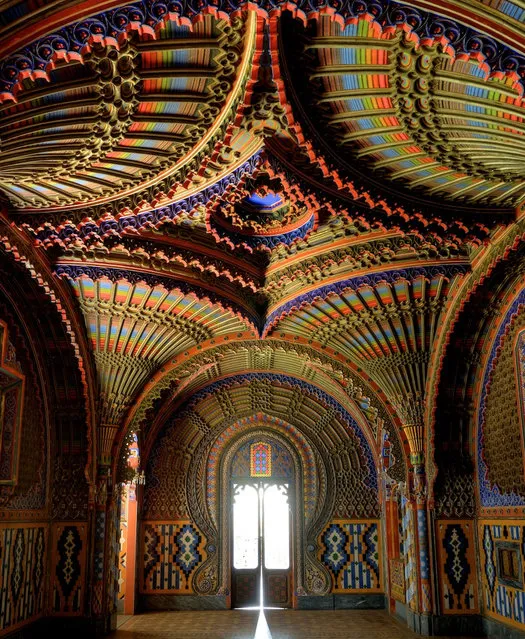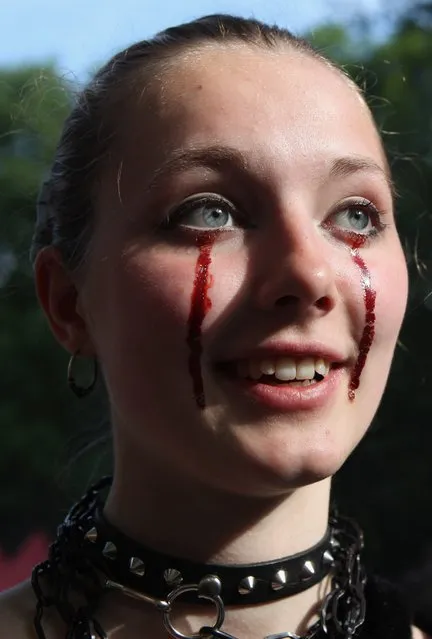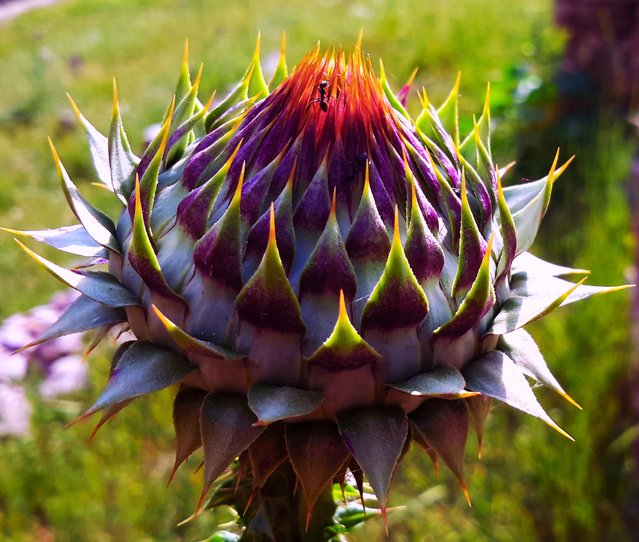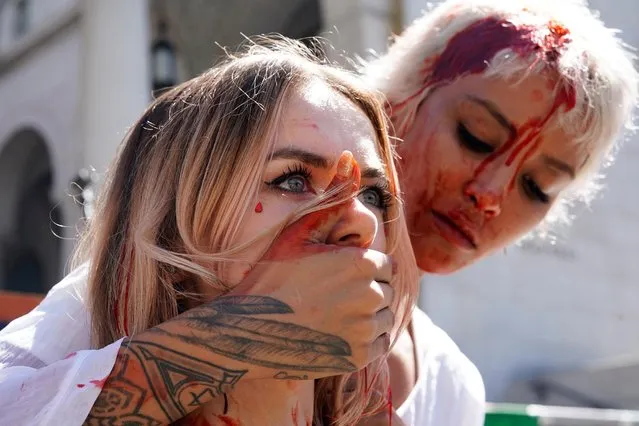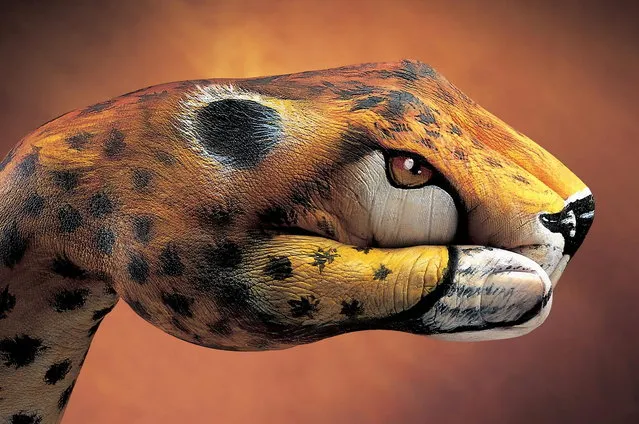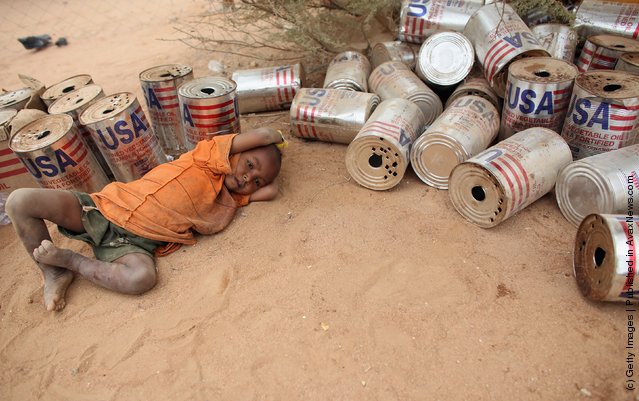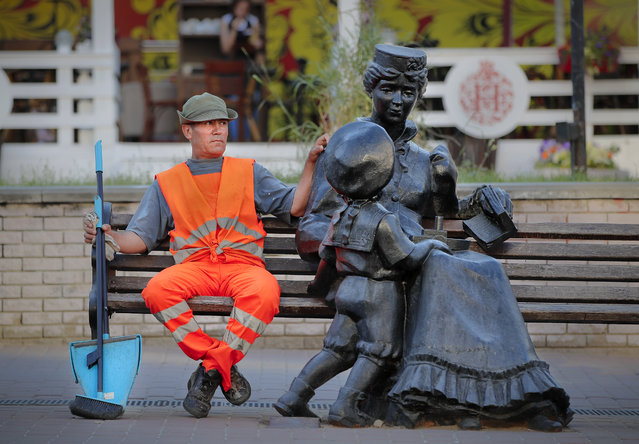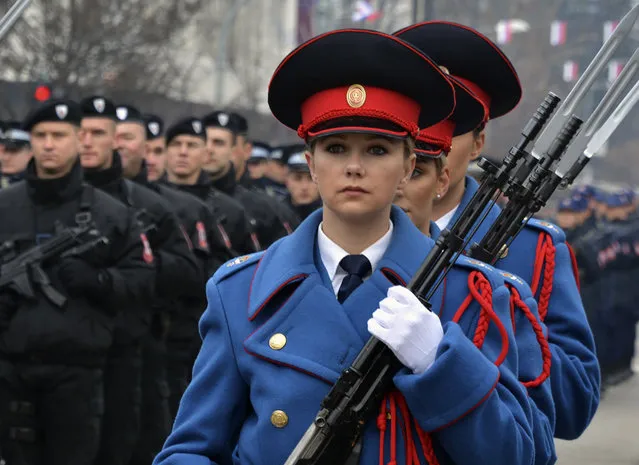
Members of the police forces of Republic of Srpska march during a parade marking the 30th anniversary of the Republic of Srpska in Banja Luka, northern Bosnia, Sunday, January 9, 2022. This week Bosnian Serb political leader Milorad Dodik was slapped with new U.S. sanctions for alleged corruption. Dodik maintains the West is punishing him for championing the rights of ethnic Serbs in Bosnia – a dysfunctional country of 3.3 million that's never truly recovered from a fratricidal war in the 1990s that became a byname for ethnic cleansing and genocide. (Photo by Radivoje Pavicic/AP Photo)
10 Jan 2022 07:35:00,post received
0 comments

